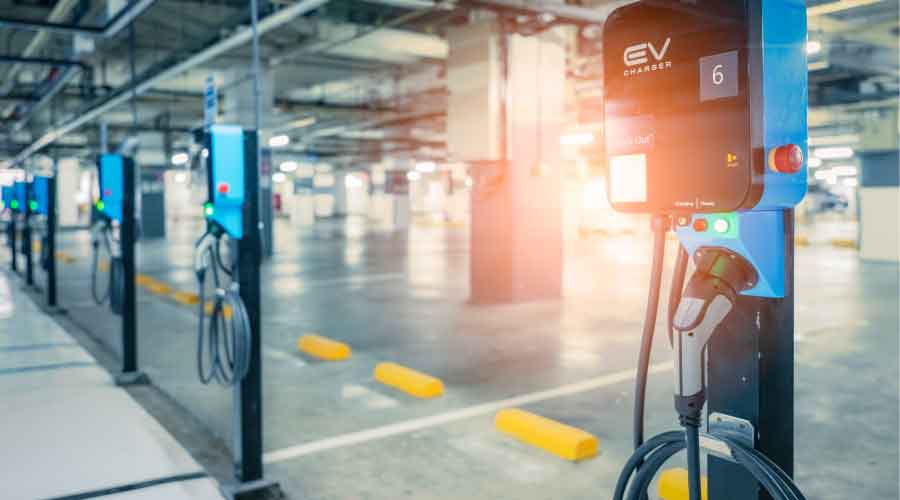HVAC Energy Efficiency Strategies
HVAC systems are the largest energy users in most commercial and institutional facilities. As such, they are appealing targets for maintenance and engineering managers seeking to reduce energy use in their facilities. HVAC systems vary depending on the application, but most share a few key characteristics. By focusing on the four largest HVAC energy wasters, managers can maximize energy savings and the return on investment.
Chillers
Of all building systems, chillers are the single largest user of electricity in practically all buildings. So even minor improvements in operating efficiency can result in significant savings. Oversizing is the single largest cause of energy waste in chiller systems. Building chillers typically are designed to carry the largest cooling load that occurs during a typical year in the facility, even though this load might occur for only a few hours.
The rest of the time, the chillers system operates at a reduced load, sometimes a greatly reduce load. Unfortunately for maintenance and engineering managers, chillers run at their peak efficiency only when they operate at or near full-load conditions. As the load on the chiller decreases, so does the unit's operating efficiency.
If the facility has more than one central chiller, managers can improve operating efficiency by staging the operation of the chillers. When the cooling load within the facility is relatively low, only one chiller should come online. As the load increases, additional units can come online to meet the increased need for cooling.
Another option is to install a variable-frequency drive (VFD) on the chiller's motor. A VFD automatically reduces the operating speed of the chiller to match cooling-load requirements.
By reducing the speed of the chiller, the VFD enables the chiller to continue operating at near full load efficiency, even as the cooling load drops to as little as 30 percent of the unit's full-load rating. Managers can expect VFDs on average to reduce chiller energy use by 30 percent annually.
Managers also cannot afford to forget boiler maintenance. While the typical building chiller is very reliable and has a long service life, it does require ongoing maintenance if it is to operate efficiently. The lack of proper maintenance will produce a slow but steady deterioration in its performance that might go undetected unless someone begins to closely monitor the chiller's energy use.
While the specific maintenance tasks required vary based on the type and size of chiller installed, some of the more important maintenance tasks include conducting frequent leak testing, implementing a water-treatment system to reduce scale, and performing annual cleaning of the chiller's heat-transfer tubes.
Related Topics:













